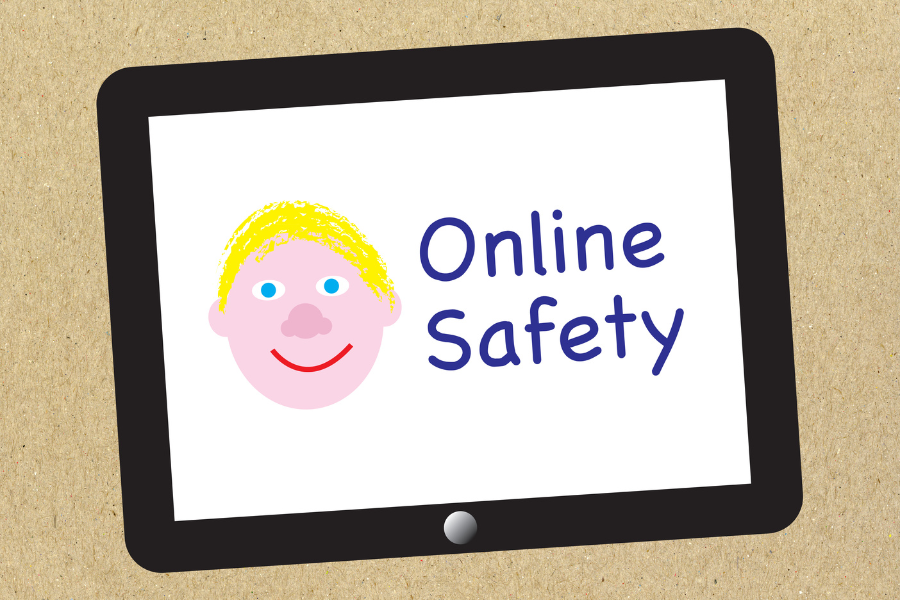HOT OFFER! Save $180 on selected internet plans + get beIN SPORTS CONNECT included!...Use promo code BEIN30 at checkout! Hurry, limited time only!
In the vast realm of the internet, the privacy of our young ones is of utmost importance. As a trusted Australian Internet Service Provider, we’re committed to guiding parents on how to ensure their child’s online privacy remains intact.
The Risks of Sharing Personal Information
The internet is a treasure trove of information, but it’s essential to be cautious about what details our children share. Personal details like phone numbers, school names, or home addresses can be misused, leading to unwanted contact, scams, or even identity theft. Moreover, photos shared online can travel far and wide, sometimes used for unintended purposes.
Steps to Protect Your Child’s Online Privacy
- Engage and Explore: Dive into the online world with your child. Review privacy settings on their social media accounts, apps, and devices. Familiarise yourself with the apps and games they use, ensuring they maintain the highest privacy settings.
- Respect Their Privacy: Before sharing or tagging photos of them, think twice. If a photo or video of your child is posted without your consent, take steps to have it removed.
- Safe Photo Sharing: When sharing photos of your child, avoid revealing personal details or locations. Always check with other parents before posting images that include their children.
- Involve Your Child: Engage your child in decisions about sharing their photos. This not only respects their privacy but also educates them about online safety.
Alternative Ways to Share Memories
Instead of social media, consider more private methods like:
- Emailing photos
- Using secure online services
- Multimedia messaging services
Seeking Consent
Before capturing moments at school or club events, or in public places, it’s always good practice to seek consent, especially in private settings.
In conclusion, while the internet offers endless opportunities, it’s crucial to navigate it with caution, especially when it concerns our children. By taking proactive steps and fostering open conversations, we can ensure a safer online experience for them.
For more information regarding online safety, refer to our Online Safety Code Manual, available here.
You can also find more information about online safety by visiting eSafety Commissioner (eSafety), Australia’s independent regulator for online safety.


